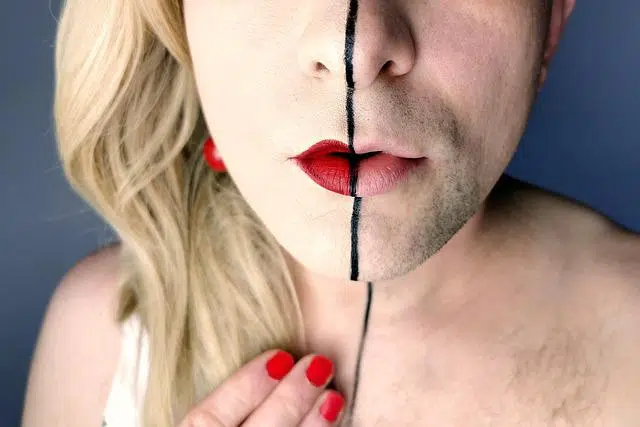
Transformism is the characterization of a person as someone of the opposite sex.
The French word transformisme came to Spanish as transformismo (or trasformismo , as also endorsed by the Royal Spanish Academy ). The first meaning that appears of the concept in the RAE dictionary refers to the theory that postulates the mutability and dynamism of nature .
Predecessor of evolutionism
Transformism, in this framework, is considered an idea that preceded evolutionism . Just as transformism already indicated that natural elements did not present fixed characteristics or conditions, evolutionism demonstrated that there are multiple factors that generate variations in species .
Characterization of the opposite sex
The notion of transformism, in any case, is usually used to refer to the activity carried out by a transformist : an individual who is characterized as a person of the opposite sex . A man characterized as a woman, according to this definition, is a transformer.
In this way, transformism is the characterization of a man as a woman or vice versa. The drag queen not only focuses on clothing , but also usually uses makeup to modify their features and adopts the gestures and way of speaking of the other gender.
It is important to keep in mind that cross-dressing is not always linked to sexual identity . Many times it is an artistic manifestation or a change that is adopted within the framework of fiction .
Take the case of the movie “Mrs. Doubtfire” , known in Latin America as “Dad forever” . In the film, the character played by Robin Williams is a father who resorts to cross-dressing to pass himself off as a woman and thus be hired by his ex-wife as a nanny to take care of his children. As you can see, this man does not dress femininely because he feels like a woman: it is a strategy to be close to his family.
Beginning of the 20th century
In Spain, more precisely in the theatrical field, transformism had a short period of flowering between the latter part of the 19th century and the beginning of the 20th. In this framework we must talk about the variety show , a format in which the public could enjoy various artistic numbers that could include music, declamation, illusionism, dance, drama and contortionism, among other disciplines. It appeared in Spain precisely at the end of the 1800s, as a result of inspiration from the Parisian, Berlin and London stages, among other European ones.
Although artists in this field achieved some popularity in Spain, they were not considered more deserving of respect than prostitutes. Another characteristic of the early times was the almost absolute absence of men in these settings. However, in 1897, the Teatro Apolo in Madrid presented Leopoldo Fregoli , an actor and singer of Italian origin who relied on cross-dressing to represent several of his characters . His success was such that other Spanish theaters opened their doors for him to repeat his show.

Transformismo was the protagonist of Spanish variety theater between the end of the 19th century and the beginning of the 20th century.
Thanks to the impact that Fregoli's work had in Spain, little by little the first Spanish transformers began to appear, although at first they did so anonymously. There were many actors who alternated their numbers with this new way of expressing themselves artistically. Robert Bertin , a French actor, took the drag show to new levels, relying on imitation of some female stars, including their physical appearance and voice. Among the women who inspired her famous performances were La Bella Otero , Cléo de Mérode , Paulette Darty and La Tortajada .
Bertin's transformismo was another milestone in this framework, which in turn inspired the work of artists from Spain such as Ernesto Foliers , Edmond de Bries , Dorian and Freddy . The civil war put an end to all these races, since cross-dressing was not allowed because it was considered an "immoral manifestation ."
